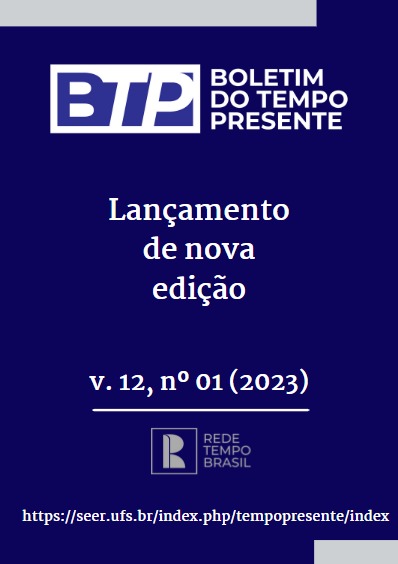The cybersquatting of NFTs
The Rise of Civil Liability
Resumo
Non-fungible tokens (NFT) are at the driving center of exponential profit monetization and opening opportunities on the internet, especially in the gamified or augmented reality field, and the metaverse. Under that narrative of decentralization, sustainable development, and cyber fraud-free space, this article aims to bring new paths looking forward to minimizing illegal acts. These cyber frauds are highly seen in cybersquatting crimes, even when blockchain is used. It also can be seen in public or private digital environments, when cybercriminals attempt to control operations, earn fees, and collect data of the parties involved, waiting for a moment to extort the target. The NFT system is an "excellent tool" for criminals because most people know about its volatility and others don't know how to buy these items online, turning them an easy spot to fall in some of the crackers' links. The mysterious digital difficulties of life in a cyber world impact the relations between the subjects of intellectual property and their rights. Without a doubt faced with the dilemmas of digitization in the sphere of civil liability, cybersquatting is a cyber crime4 that demands attention and lacks reflections that prove capable of understanding its causes, its authors, and its mode of operation to protect and repair its victims. It can be said that the digital environment operates under the possibility of someone copying it, making it cheaper and repeating the process endlessly. It is believed that, after twenty years, via non-fungible tokens (NFT) one of its oldest problems can be solved: respect for intellectual property. And that's because this technological disruption promises to make it impossible to copy everything that is or will be created in this virtual universe. (FAIRFIELD, 2021)IV. The very personal right to own digital assets and no longer just subscribe to streaming. File services in the cloud become viable with NFT technology, too. The way people own digital things on the internet will never be the same again. Regulatory progress is confronted by the new possibilities and risks arising from how people will become owners, will invest, publish, and trade their own or third-party digital assets. (FAIRFIELD, 2021). Therefore, the objective of the article is to analyze how to combat abuses of domain registration on the internet and illegalities in intellectual property rights via cybersquatting of NFT. For that, the descriptive-analytical method and the bibliographic, documentary, and jurisprudential techniques are applied. Considering the proposal of the article, we decided to structure it into three parts. In the first one, we approach what cybersquatting is and its illegal framework. In the second, we emphasize its relationship with the violation of intellectual property rights and the result in civil liability. And third, we focus on legal solutions to this problem. Explaining what cybersquatting is, classifying it as a crime, identifying the causal link between the illicit and the damage and the elements of the civil liability of this fraud to digital intellectual property rights are essential to aim legal solutions.









